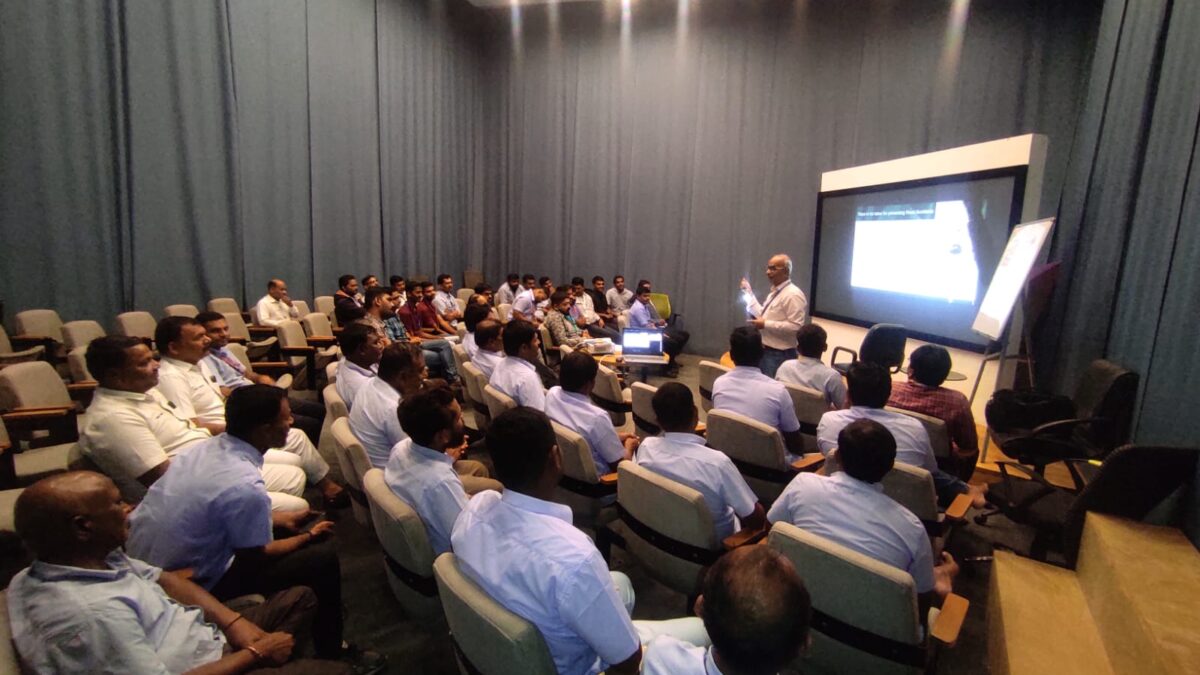Chlorine Gas Safety: Preventing Accidents in Water Treatment Facilities – The Safety Master

Hydrofluoric Acid: Understanding the Dangers and Safe Handling Procedures – The Safety Master
February 13, 2024
Mastering Fire Safety in Construction: Prevention and Emergency Response Procedures
February 14, 2024Water treatment facilities play a crucial role in ensuring the supply of clean and safe drinking water to communities. Among the various methods employed, chlorine remains a popular choice for its effective disinfection properties. However, the use of chlorine gas in water treatment poses inherent risks, making safety measures imperative.
Understanding Chlorine Gas
Chlorine gas is a powerful disinfectant used to eliminate harmful microorganisms in water. Its properties, including its color and distinct odor, make it easily detectable. Understanding how chlorine gas is formed and its role in water treatment is essential for implementing effective safety measures.
Common Accidents in Water Treatment
Historical incidents highlight the potential dangers associated with chlorine gas in water treatment facilities. Identifying common causes leading to accidents allows for proactive measures to prevent similar occurrences in the future.
Regulations and Standards
Adhering to industry regulations and safety standards is non-negotiable for water treatment facilities. Compliance ensures the well-being of employees and surrounding communities, emphasizing the need for rigorous safety protocols.
Risk Assessment Techniques
Regular risk assessments are crucial for identifying potential hazards in water treatment plants. Implementing effective risk assessment techniques allows facilities to preemptively address safety concerns before they escalate.
Safe Handling and Storage
The safe handling and storage of chlorine are paramount. Proper ventilation, containment, and adherence to recommended guidelines mitigate the risks associated with chlorine gas.
Emergency Response Protocols
Establishing clear and effective emergency response protocols is essential for minimizing the impact of a chlorine gas leak. Employee training and preparedness are vital components of an efficient response system.
Advanced Safety Technologies
Innovative safety technologies play a pivotal role in preventing accidents in water treatment. From advanced monitoring systems to automated shut-off mechanisms, these technologies enhance overall safety measures.
Employee Training and Awareness
Continuous training for facility personnel is crucial for maintaining a heightened awareness of chlorine gas risks. Employees must be well-informed about safety protocols and the potential consequences of lapses in adherence.
Community Engagement
Involving local communities in safety initiatives fosters trust and transparency. Communicating the safety measures in place and addressing community concerns contribute to a safer environment for everyone.
Regular Equipment Maintenance
Proactive equipment maintenance is a fundamental aspect of accident prevention. Regular checks and timely repairs ensure that all systems function optimally, minimizing the likelihood of unexpected incidents.
Case Studies
Examining case studies provides valuable insights into successful safety implementations. Learning from past incidents and understanding the improvements made helps in refining existing safety measures.
Collaboration with Regulatory Bodies
Continuous communication with regulatory agencies is essential for staying abreast of evolving safety standards. Collaborative efforts with these bodies contribute to a collective commitment to water treatment safety.
Cost-Benefit Analysis of Safety Measures
While investing in safety measures incurs costs, the long-term benefits far outweigh them. Conducting a cost-benefit analysis demonstrates the economic advantages of prioritizing safety in water treatment facilities.
Conclusion
In conclusion, chlorine gas safety is paramount in water treatment facilities. By understanding the risks, adhering to regulations, implementing advanced technologies, and fostering a culture of safety, the water treatment industry can prevent accidents and safeguard communities.


